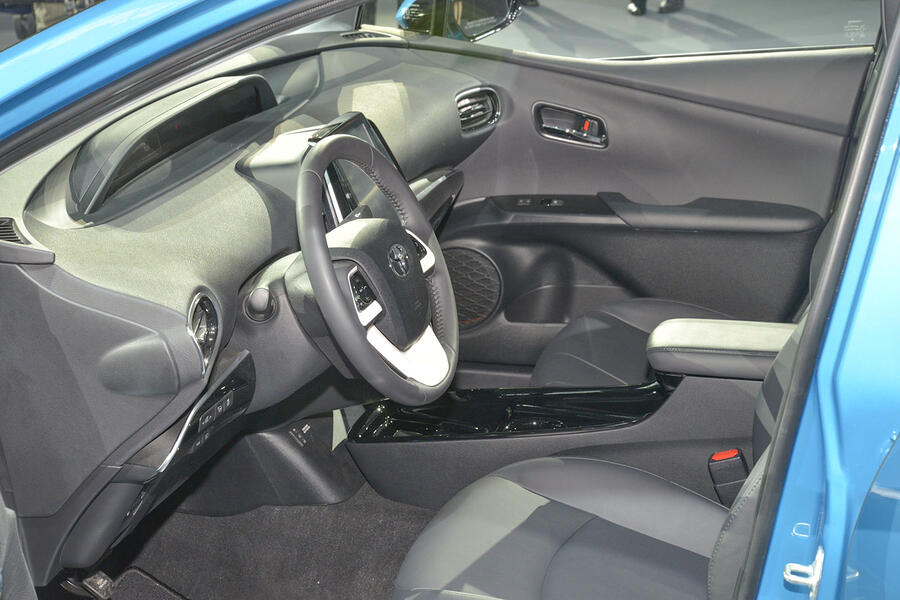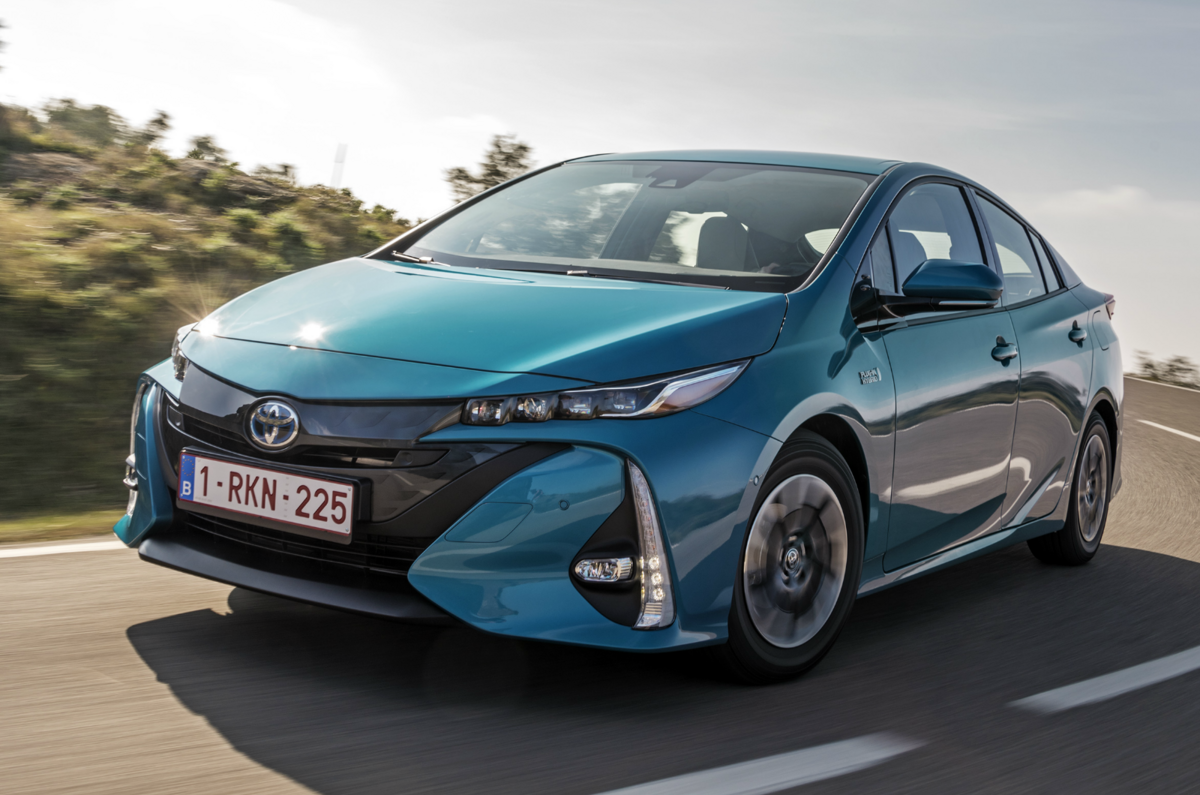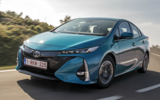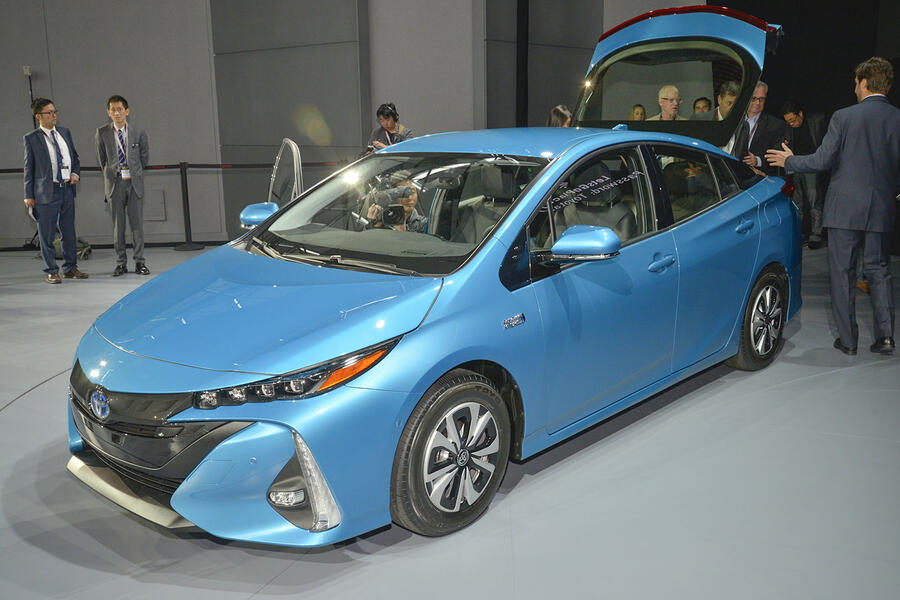Prices for the second-generation Toyota Prius Plug-in have been lowered before its launch by £3200, making it cheaper than the previous Prius Plug-In.
The reduction means the entry-level Business Edition Plus costs £31,695. With a sunroof, that model costs from £33,195, while the range-topping Excel model is priced at £33,385. All models are eligible for the Government's £2,500 grant for plug-in hybrid (PHEV) buyers. A 100,000-mile/five-year warranty is standard. First customer deliveries are scheduled for 1 March.
Toyota has only reduced the prices for the UK market and says it has been altered in order to keep the Prius Plug-In pricing sensible and competitive in the market.
Toyota's Safety Sense package will be standard on both versions. This includes automatic emergency braking (AEB) with pedestrian detection, lane departure warning with steering control. Optional safety features include blind spot monitoring and rear cross-traffic alert.
Both models get an 8.0in infotainment touchscreen, a head-up display, two 4.2in TFT information screens and a rear-view parking camera. Sat-nav, a DAB radio, Bluetooth, a wireless phone-charging area and a rear-view parking camera come as standard.
You also get model-specific two-tone 15in alloy wheels and automatic lights. Excel adds front and rear parking sensors and automatic wipers.

Tech
The Prius Plug-in can reach 84mph in electric-only mode and drive up to 39 miles, which is more than double the 14-mile range of its predecessor.
Officially, the new car can return 283mpg and emits just 22g/km of CO2 - the best figures yet achieved by any PHEV.

































Join the debate
Add your comment
Hideous
the worst
dare
Is this a 48 volt system?
@ si73